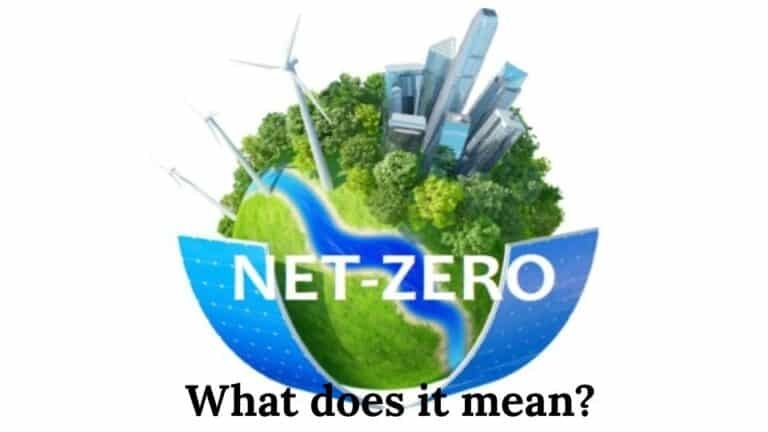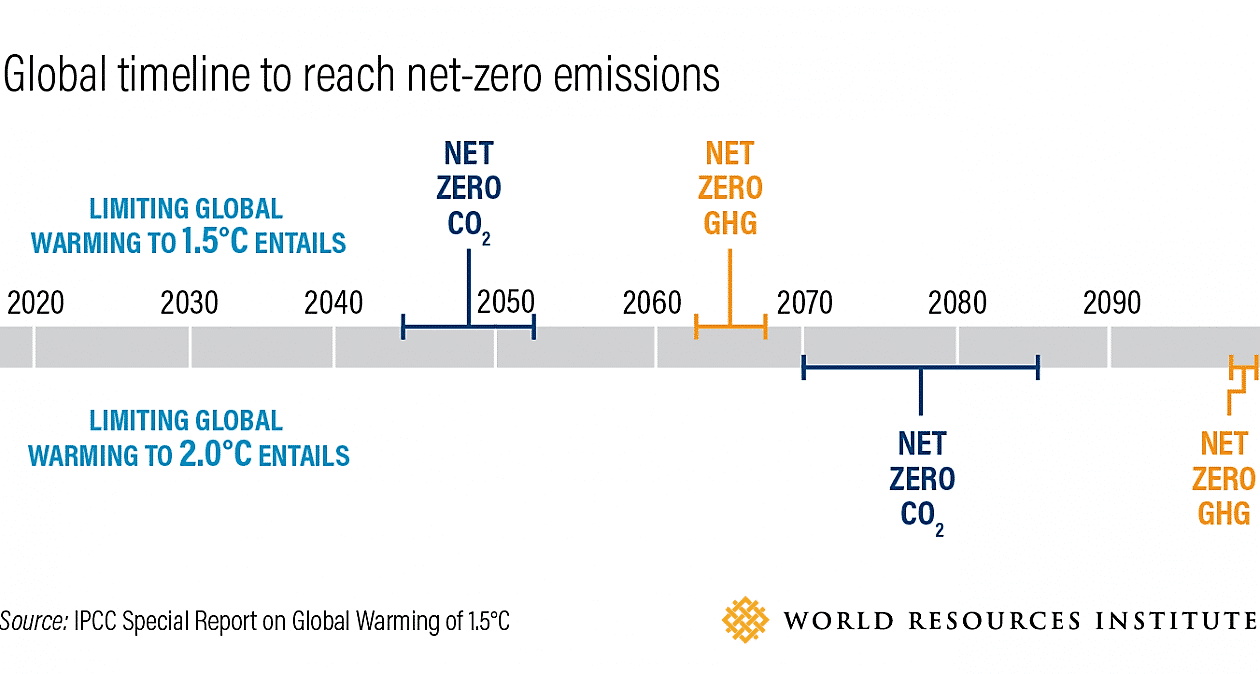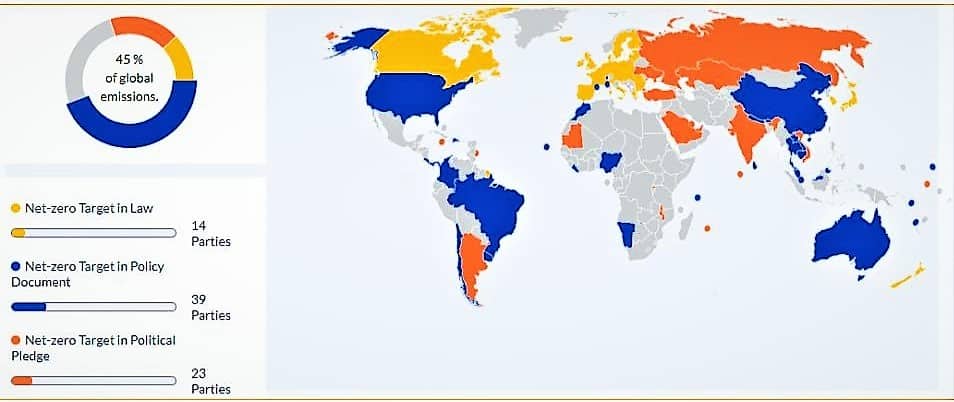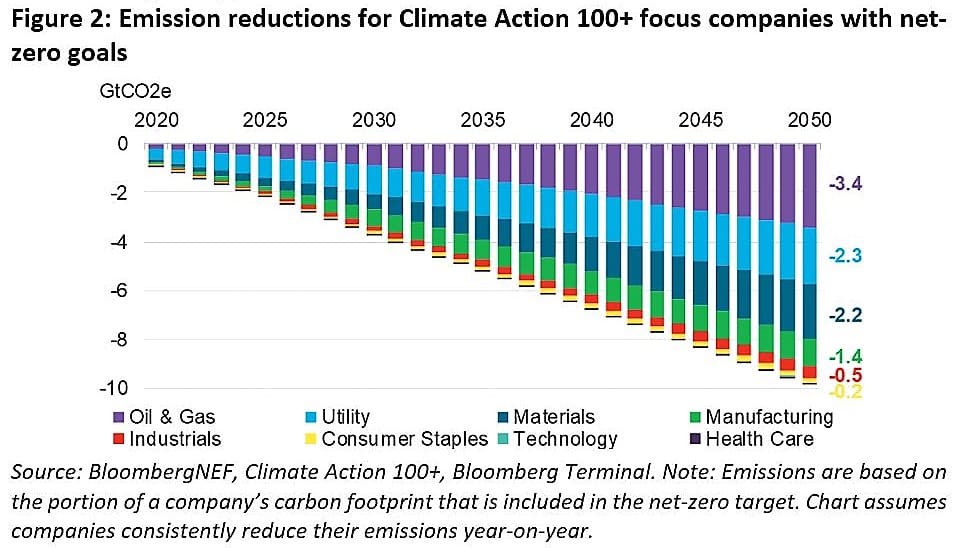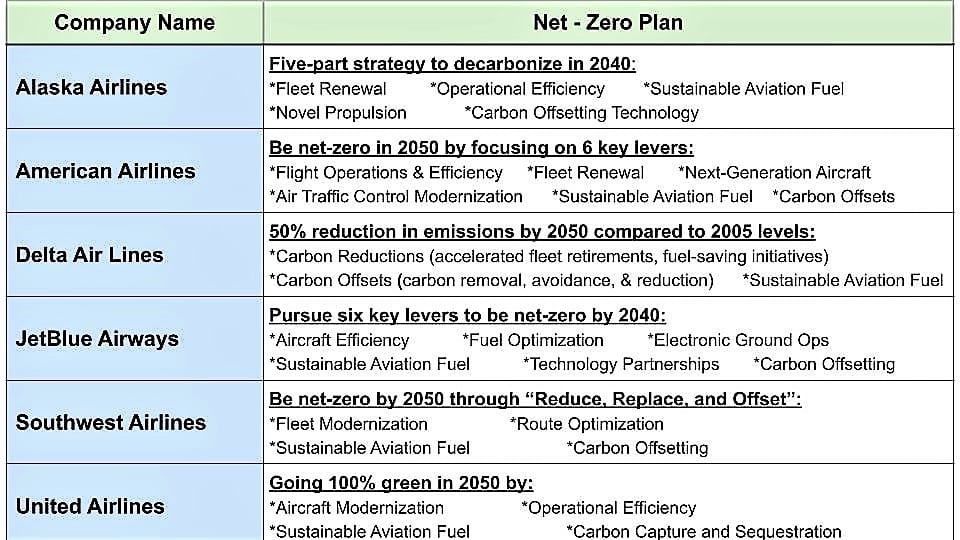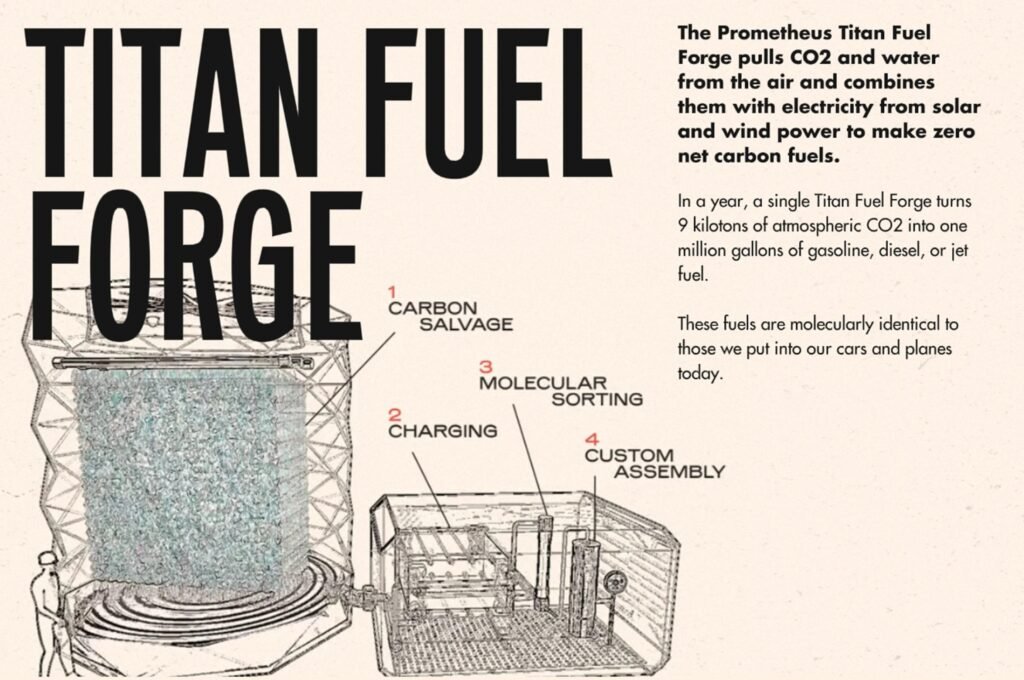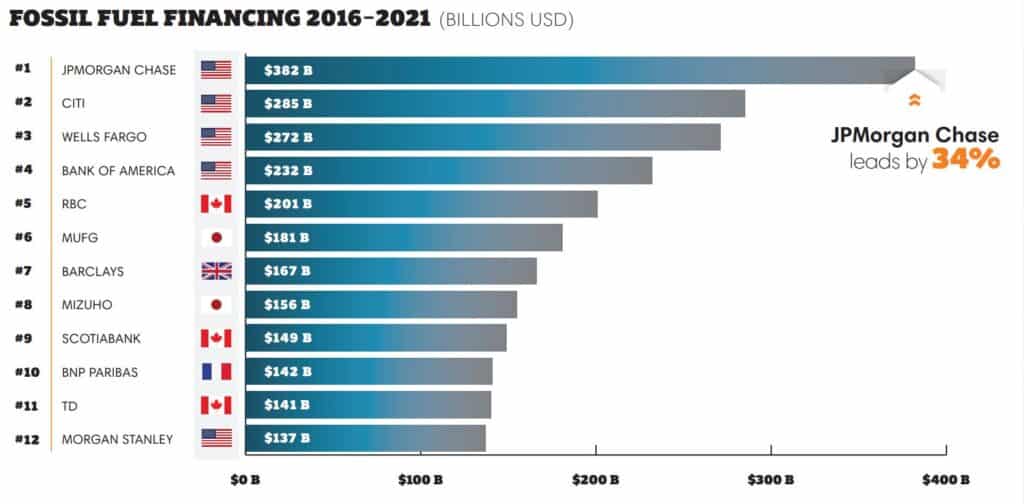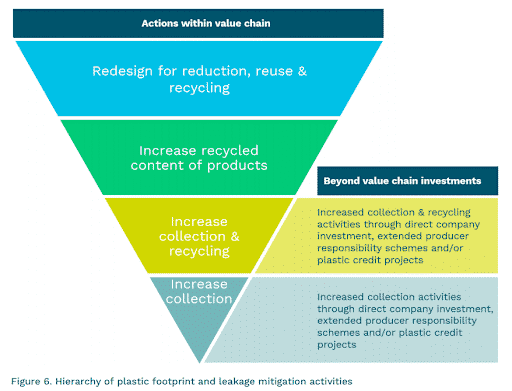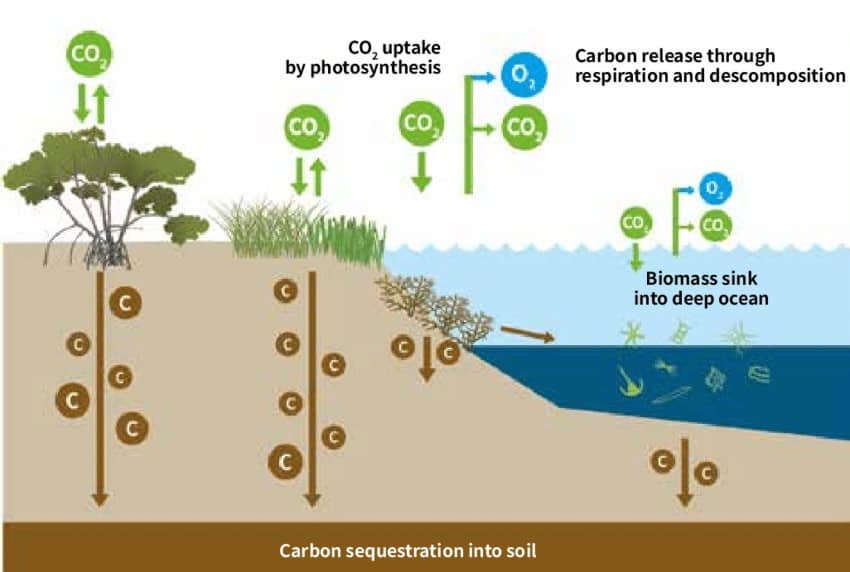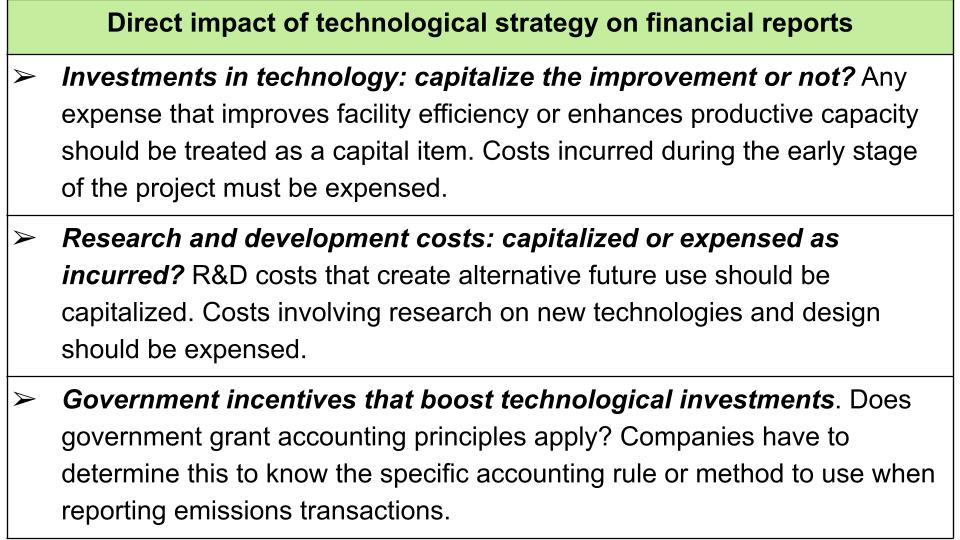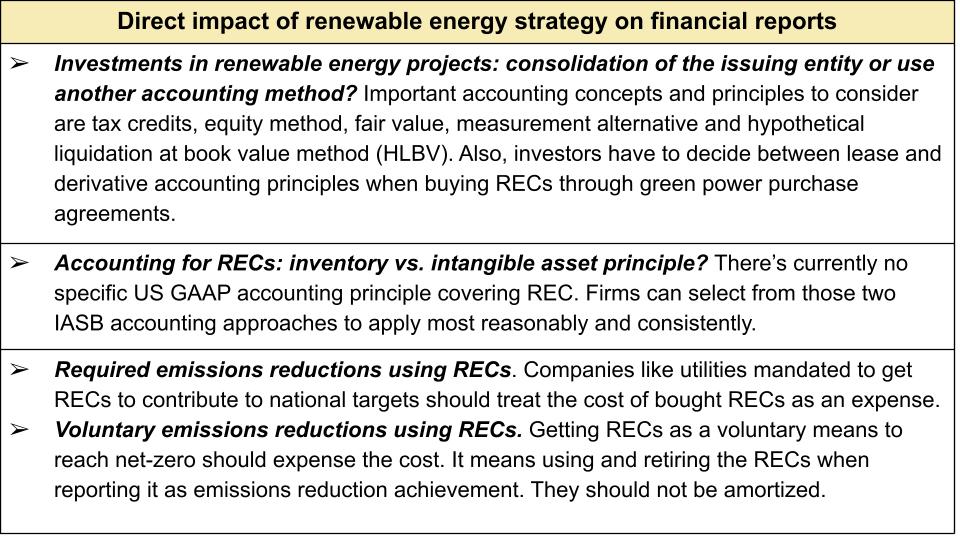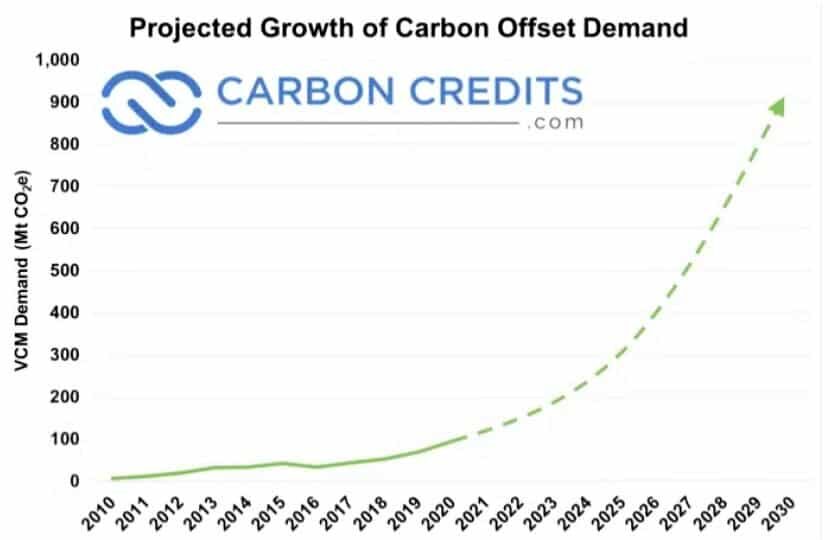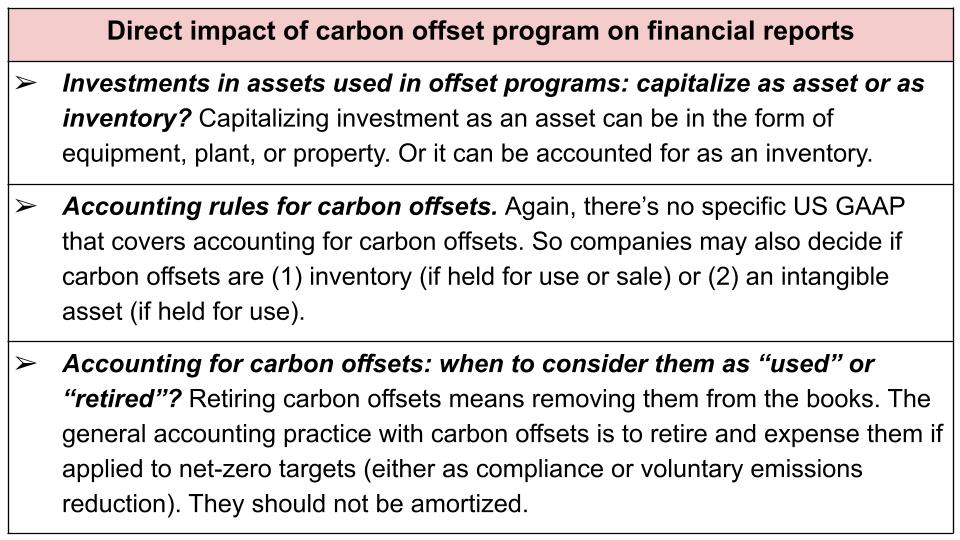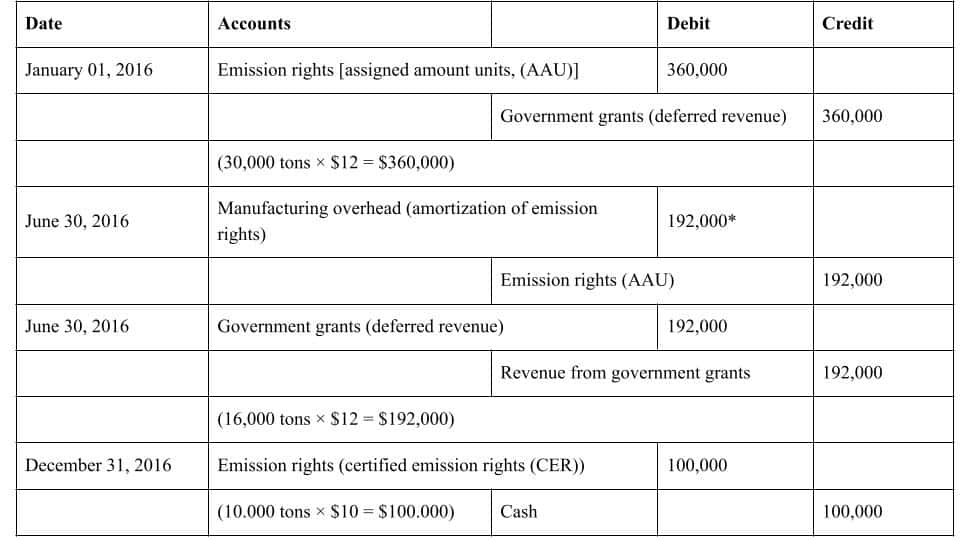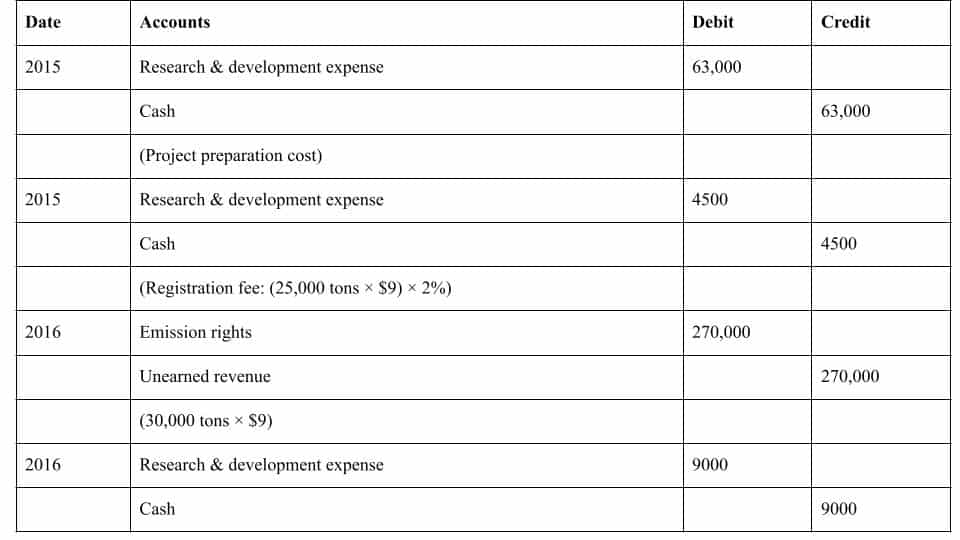All the money flowing into the carbon credits market has been a windfall for brokers.
Carbon credit schemes are an integral part of the Paris Agreement serving a vital role in cutting emissions.
In fact, carbon credits have blasted in the past year as companies seek to offset their emissions. Billions of dollars are pumped into this space to mitigate the climate crisis.
Carbon credits within the voluntary market can grow to around $150 billion. This sum will go to emerging and developing nations where most climate projects are.
Investing in Offset Project that Brokers Carbon Credits
A carbon offset project refers to any undertaking that removes or avoids emissions. Common ones are renewable energy, energy efficiency, reforestation, and other nature protection efforts.
Those projects undergo verification processes to ensure the quality of carbon credits issued.
There are a couple of carbon project certification and verification standards. The most popular one is the Verra or Verified Carbon Standard. While others are the Gold Standard, the American Carbon Registry, and the Climate Action Reserve.
Carbon credits generated by the projects represent a certain amount of emissions reduction or removal. Each credit equals one ton of CO2 avoided or removed from the air.
Money from sales of the credits allows developers and brokers to pay for project verification and monitoring. This is to make sure that projects bring the climate impacts they promise through the offset.
More importantly, they help grow the market by enabling the flow of funds to more carbon projects. They also play a crucial role in reaching climate goals of halving emissions by 2030 and net zero by 2050.
Brokers’ Role in Generating Carbon Credits
Investments in this market had soared as prices rise fast which led to more CO2 reduction or removal. And brokers play an essential role in connecting buyers and sellers in this space.
Brokers help get carbon offset projects off the ground by providing financing and marketing expertise. Those projects can be very costly and take a lengthy process to verify. This is where brokers come in and offer help to project developers.
As one forest project developer puts it,
“Brokers are important, particularly in the early days when demand was limited and prices were low… It was about trying to attract a reseller that could make your project attractive.”
Also, brokers of carbon credits are also taking risks in the projects. For instance, they agree to take upfront or fixed prices for the carbon credits.
One broker group also said that 80% of the revenues from the sales of carbon credits was for buying offsets and developing more projects. Other portions were for paying marketing, admin, and contingency costs.
Other costs include long-term monitoring, reporting, and verification (MRV) of the project. Some retailers are covering these costs if they’re also the ones creating the project.
Other brokers are also directing profits from carbon credits to back new projects like South Pole. They said that it’s better to fund projects than draw investors who may ask for higher returns. They’re retaining around 10%-20% of the carbon credit sale price.
Apparently, carbon credit brokers face several challenges and risks that project developers undergo.
But, a couple of critics are also thrown at them in today’s booming market for carbon credits.
The Need for Brokers’ Transparency in Pricing Carbon Credits
As one carbon project developer said,
“Transparency is enormously important for carbon finance to work effectively.”
This pertains to showing costs by brokers who resell carbon credits to developers.
Transparent transactions involving carbon credits are critical same as other crediting schemes.
Typically, developers get a percentage of the price the broker sells the credits for. Or they receive a fixed amount per credit regardless of the sale price.
But some developers question whether brokers offer value for money.
One developer claimed that some credit retailers are having big mark-ups for “not a lot of value”. They also said that the amount of money that went to them was “completely non-standardized” while noting that,
“Difficult to get information on where the cash went. . . there’s a need for increased transparency”.
While transparency is critical, suggesting that brokers get large and unfair profits at the expense of developers is false.
As mentioned, there are several factors affecting the final price of carbon credits. These include the costs of setting up the project, verification, and monitoring.
Other major price considerations are market dynamics (supply and demand) and services provided by the broker.
Moreover, brokers of carbon credits may also cover costs related to the following activities:
- Conduct enhanced due diligence and ensure the quality of carbon credits,
- Consult with clients to build portfolios that deliver business value to secure private sector finance,
- Run processes and systems that fulfill carbon credit purchases and retirement,
- Ensure corporate claims based on offsetting are robust, and
- Research and innovate to improve operations.
Ultimately, the recent price increases in carbon credits can help fund new projects that were not possible before. A lot of investments were made in innovative carbon removal projects. They offer technological solutions to draw CO2 from the air.
This trend makes business cases valid both for developers and brokers alike.
Best of all, it allows for more carbon credit investments to flow where they’re needed. And that’s to carbon offset projects that contribute to reaching climate goals.



